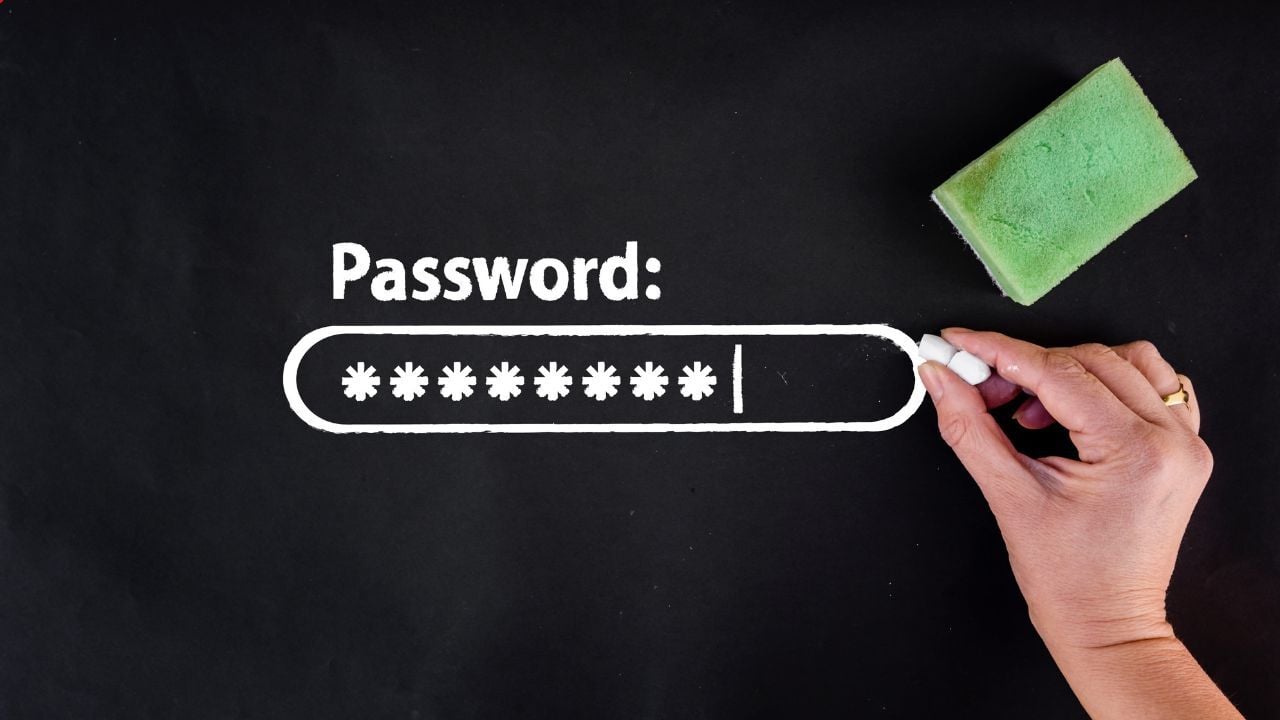Top 6 OT security weaknesses and how to reduce the risk
Operational Technology (OT) environments are vital to industries like manufacturing, energy, utilities, and transportation, to name but a few. Indeed most organisations have some degree of OT infrastructure in place. But as these systems become increasingly interconnected with IT networks, they’ve also become a growing target for cybercriminals. A single breach can bring production lines to a standstill, impact economies, compromise safety, and inflict long-lasting reputational and financial damage.














